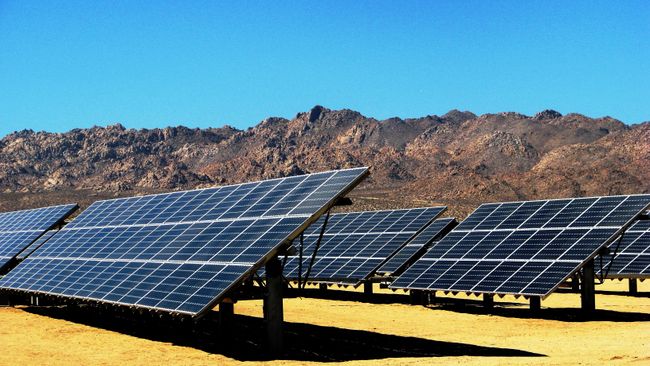International energy investment stabilized in 2018, reaching $1.8 trillion, as capital spending on oil, gas and coal projects recovered from three consecutive years of lower spending, the International Energy Agency (IEA) has said in its newly released World Energy Investment 2019 report.
“Energy investments now face unprecedented uncertainties, with shifts in markets, policies and technologies,” said Dr. Fatih Birol, the executive director of the IEA. “But the bottom line is that the world is not investing enough in traditional elements of supply to maintain today’s consumption patterns, nor is it investing enough in cleaner energy technologies to change course. Whichever way you look, we are storing up risks for the future.”
For the third straight year, the power sector drew more investment than the oil and gas sector. The global recovery was partly due to greater spending on upstream supply in the U.S. market, particularly shale projects, as well as grid upgrades. These investments helped to close the gap between the U.S. and China, which remains the world’s hottest destination for energy investment, the IEA added.
However, investments in renewables such as solar PV, as well as spending on new energy-efficiency initiatives, slowed significantly, the agency found, pointing to rising concerns about security and sustainability. The IEA also noted that the slowdown in renewables investments last year was at odds with broader global efforts to meet sustainable development goals, such as those set under the Paris Agreement signed in 2016.
Yet despite the stabilization of investment, state approvals for new oil and gas projects fell far below what is needed to match growth in global energy demand, the IEA said. Notably, the agency also said that there are few indications that investors are focusing on clean energy and efficiency-related projects, despite the need for greater spending in such areas in order to bring the world in line with the Paris Agreement and other sustainable development goals.
Popular content
The IEA said that global investment is shifting toward energy supply projects with shorter lead times. It noted that capacity is coming online in power generation and the upstream oil and gas sector at a 20% faster rate than it did at the start of the current decade. This is happening because investors are becoming more effective at managing risks, as well as falling costs for shorter-cycle energy sources such as PV, onshore wind and U.S. shale.
Troublingly, the world’s coal fleet continued to grow last year, despite decisions by many governments throughout the world to scale back such investments. Coal-fired capacity continues to be built in many countries, especially the developing nations of Asia, the IEA said.
India followed the U.S. with the world’s second-biggest increase in energy investment last year. However, financing risks remain an issue in the poorest parts of the world, including the countries of sub-Saharan Africa. Poor nations only accounted for about 15% of investment last year, even though such countries are home to 40% of the world’s population, the IEA said. More investment needs to flow underdeveloped countries in order for the world to achieve sustainable development goals such as those outlined in the Paris Agreement.
“Current investment trends show the need for bolder decisions required to make the energy system more sustainable,” Birol said. “Government leadership is critical to reduce risks for investors in the emerging sectors that urgently need more capital to get the world on the right track.”
This content is protected by copyright and may not be reused. If you want to cooperate with us and would like to reuse some of our content, please contact: editors@pv-magazine.com.


1 comment
By submitting this form you agree to pv magazine using your data for the purposes of publishing your comment.
Your personal data will only be disclosed or otherwise transmitted to third parties for the purposes of spam filtering or if this is necessary for technical maintenance of the website. Any other transfer to third parties will not take place unless this is justified on the basis of applicable data protection regulations or if pv magazine is legally obliged to do so.
You may revoke this consent at any time with effect for the future, in which case your personal data will be deleted immediately. Otherwise, your data will be deleted if pv magazine has processed your request or the purpose of data storage is fulfilled.
Further information on data privacy can be found in our Data Protection Policy.